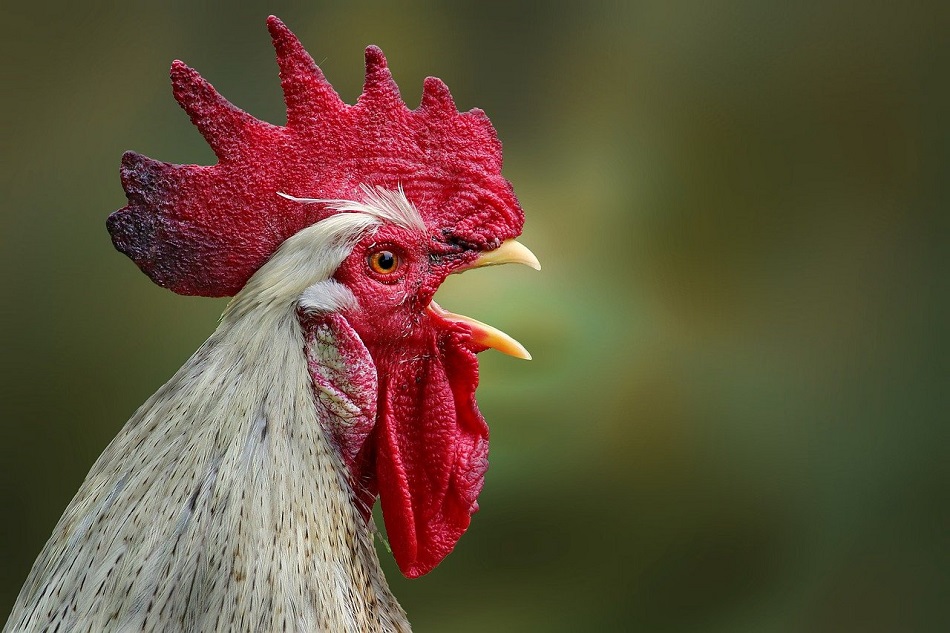Costs and Implications of the European Chicken Commitment in the EU: a new study by AVEC

AVEC, the Association of Poultry Processors and Poultry Trade in EU Countries, just published a new study analysing the additional costs and implications of adopting the European Chicken Commitment (ECC) in the EU.
Numerous European companies, from retailers to restaurants and catering businesses, have already signed up to the ECC, a framework of standards promoted by animal welfare NGOs, which aims to enhance animal welfare and exceed current EU legislation. The ECC commits its signatories to apply several requirements, such as the use of slower-growing chicken breeds (with a guide threshold value of 60g daily growth rate, based on 2.2kg live weight), a lower stocking density (with a maximum of 30kg live weight per m²) the use of natural light and enrichment tools etc., to 100% of their (fresh, frozen and processed) poultry supply chain by 2026.
As compliance with the Commitment progresses, crucial questions regarding its environmental implications and effects on chicken meat production remain unanswered. To shed light on these issues, AVEC commissioned a comprehensive impact study examining the potential consequences of fully transitioning from current EU chicken meat production to ECC standards, conducted independently by RSK ADAS Ltd. (ADAS) – a consultancy firm specialising in agriculture.
In a webinar organised last week, AVEC hosted a presentation of the study findings by ADAS and a dynamic panel discussion with experts Jason Gittins (Technical Director, ADAS), Claire Bury (Deputy Director-General, DG Sante), Wolfgang Schleicher (Managing Director, ZDG), Paul Lopez (Poultry expert & Former President, AVEC), Emma Calvert (Senior Food Policy Office, BEUC) and Birthe Steenberg (Secretary General, AVEC), delving into the intricacies of sustainability and how to strike a balance between economic, environmental, and social considerations.
“The unique aspect of this study lies in the emphasis placed on calculating costs per kilogramme of meat, unlike previous research focused solely on the consequences for live birds or live weight, which doesn’t accurately reflect market realities since we sell meat, not live animals”, AVEC’s Secretary General Birthe Steenberg stated. Jason Gittins, Technical Director for livestock at ADAS, explained further: “Due to differences in meat yields between standard and ECC production, earlier studies often underestimated the true impact of switching to ECC standards”.
The “Costs and Implications of the European Chicken Commitment in the EU” study finds that fully transitioning to ECC standards would result in an additional production cost of 37.5% per kilogramme of meat, a 35.4% increase in water consumption, equating to an additional 12.44 million cubic meters of water annually, a 35.5% increase in feed consumption, amounting to an additional 7.3 million tonnes of feed, a 24.4% rise in greenhouse gas emissions per kilogramme of meat produced, a reduction of 44% in the total meat produced compared to standard production methods at present in existing EU growing space (>30kg/m2) and the necessity to construct 9,692 new poultry houses, with an estimated cost of €8.24 billion, to maintain current production levels.
AVEC’s President, Gert-Jan Oplaat, emphasises the importance of consumer choice and informed decision-making: “While the ECC aims to improve animal welfare, it is crucial to recognise that these improvements come with significant economic and environmental implications. Knowing that EU poultry consumption is predicted to grow in the EU in the next ten years, consumers should have the choice to select higher welfare products if they wish, but standard, affordable options must remain available”.
AVEC reaffirms the EU poultry sector’s Commitment to the continuous improvement of animal welfare in balance with economic and environmental sustainability and stresses the need for alternative methods to improve animal welfare without imposing undue financial burdens on consumers or exacerbating environmental concerns. It advocates the development of performance-based animal welfare indicators based on scientific and objective criteria to assess welfare performance, effective farm management, comprehensive farmer training and a framework that encourages and incentivises progress through realistic and achievable targets for producers.
“Sustainability necessitates a delicate balance between its three pillars, and while improving animal welfare is paramount, it is also important to consider the economic and environmental impact,” concludes Birthe Steenberg. The EU poultry sector remains committed to delivering high-quality, accessible chicken meat produced under the highest standards in the world. It encourages consumers and policymakers to consider the study’s findings to make informed decisions about chicken production standards. To find out more and download the full study, please click here.